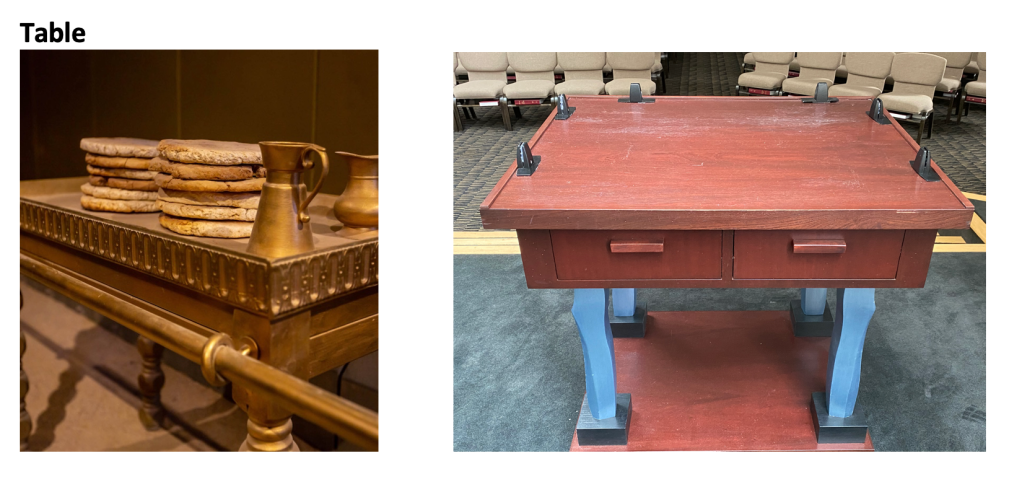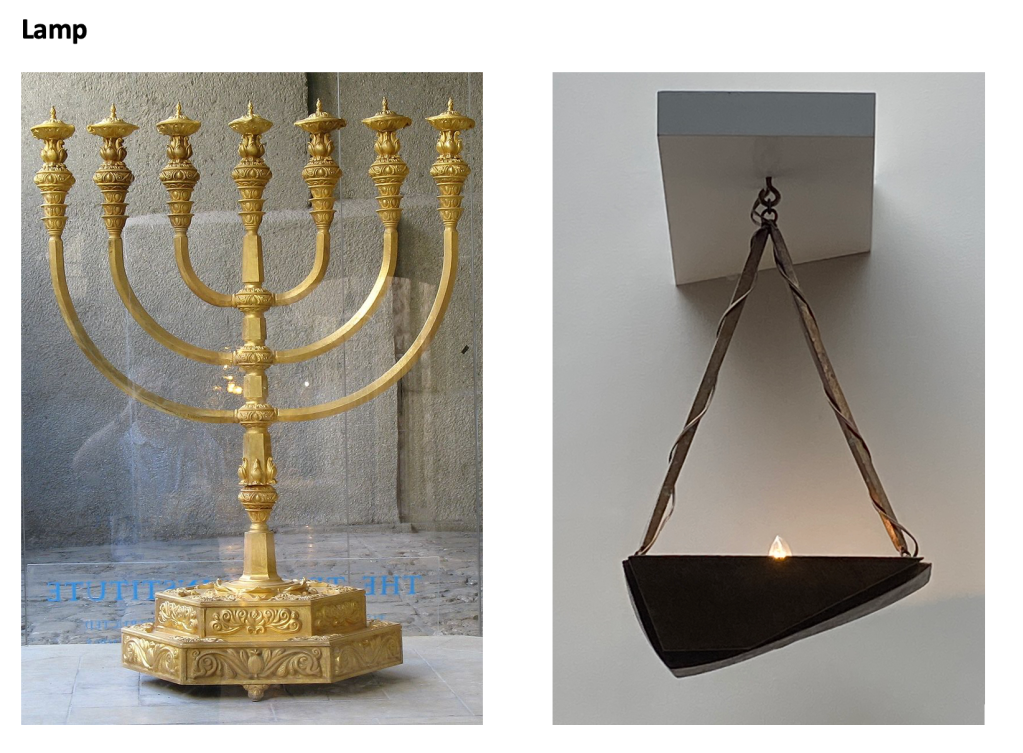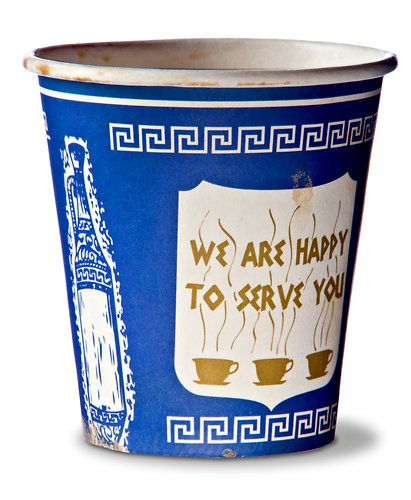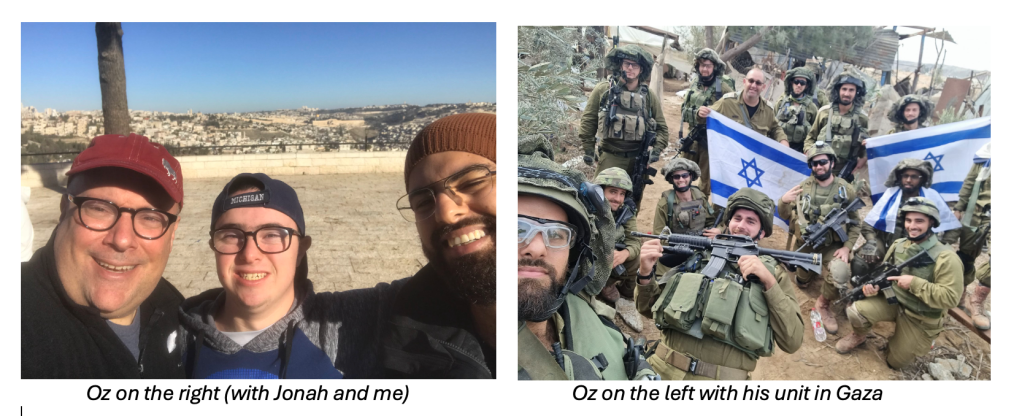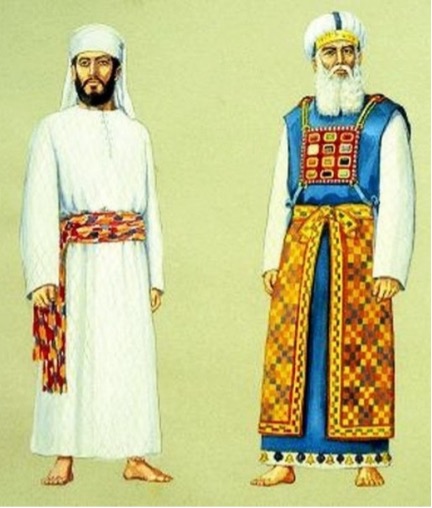We started this week by observing Yom HaShoah – Holocaust Remembrance Day. As I pointed out at our community service on Sunday, the word “genocide” has been in the news quite a bit recently. Now, it’s never a good thing when genocide is in the news, but it’s particularly bad when it’s misused.
In a modern version of the blood libel, Israel has been falsely accused of genocide over and over again – most recently on college campuses across this country. Not only does this contribute to Israel being treated like a pariah country, it also diminishes the memory of a real genocide perpetrated against the Jews – the Holocaust.
It is a double dose of antisemitism.
While we Jews do not have a monopoly on the term “genocide,” I think it’s fair to say that, sadly, we have some experience and expertise when it comes to genocide. We know a genocide when we see one. The world Jewish population is smaller today than it was in 1939. We still have not recovered our numbers from the horrific losses of the Holocaust. That is the impact of genocide.
So, it is particularly disheartening to hear students and faculty members from prestigious universities accuse Israel of perpetrating a genocide when the facts simply do not support such an accusation. Quite the opposite, one of our country’s foremost experts in urban warfare, Maj. (ret.) John Spencer – who teaches urban warfare at West Point – has made it clear over and over that Israel has done more to protect the civilians of Gaza than any other army in the history of urban warfare (click here). Even if we accept Hamas’ casualty numbers – and there are many reasons NOT to believe them – the numbers simply do not add up to genocide. It is a horrible war and every civilian death is one too many, but that does not make it a genocide.
And yet, some of our best and brightest students across the nation seem to be willing to accept the accusation of an Israeli genocide as fact.
There are no tent encampments for the non-Arabs who are being ethnically cleansed by the Arab-led RSF in Darfur. There are no building takeovers for the hundreds of thousands of deaths at the hands of Bashar al-Assad in Syria – including many Palestinian refugees. Only Israel’s defensive war elicits such a response. The double standard is tiresome.
Supporters of Hamas have been extremely effective in putting pro-Hamas faculty members and student activists in place on campuses across the country. Using language that appeals to the most liberal minded of college students – while omitting all references to Hamas’ murder, rape, kidnapping and terrorism – these pro-Hamas organizations have recruited an enthusiastic band of supporters willing to chant their antisemitic chants day after day.
Sadly, lovers and supporters of Israel have not been nearly as effective at making our arguments on campuses. We always thought that being right would be enough. After all, why shouldn’t the Jewish people have a state like every other people? We underestimated the forces arrayed against Israel.
This week’s Torah portion has the famous biblical precept, “do not place a stumbling block before the blind (Lev. 19:14).” The rabbis always understood this broadly. We should not purposely do something that would cause another person to fail.
That’s exactly what the pro-Hamas organizations have done. They caused college students – even some Jewish ones – to stumble into supporting a terrorist regime. They made it look easy by overlooking Hamas’ evil acts and making false accusations against Israel. It will be much, much harder for us to remove the stumbling block. Yet, that is exactly what we must do. We have to tell the story of a real genocide in order to show the inaccuracy of the accusation against Israel. And we have to tell the story of Israel showing more concern for Palestinian civilians than the Hamas terrorists who use them as human shield. And then maybe some of those students will be able to walk over to the other side without stumbling.
Shalom, RAF.



